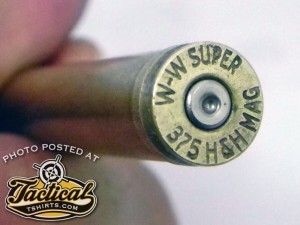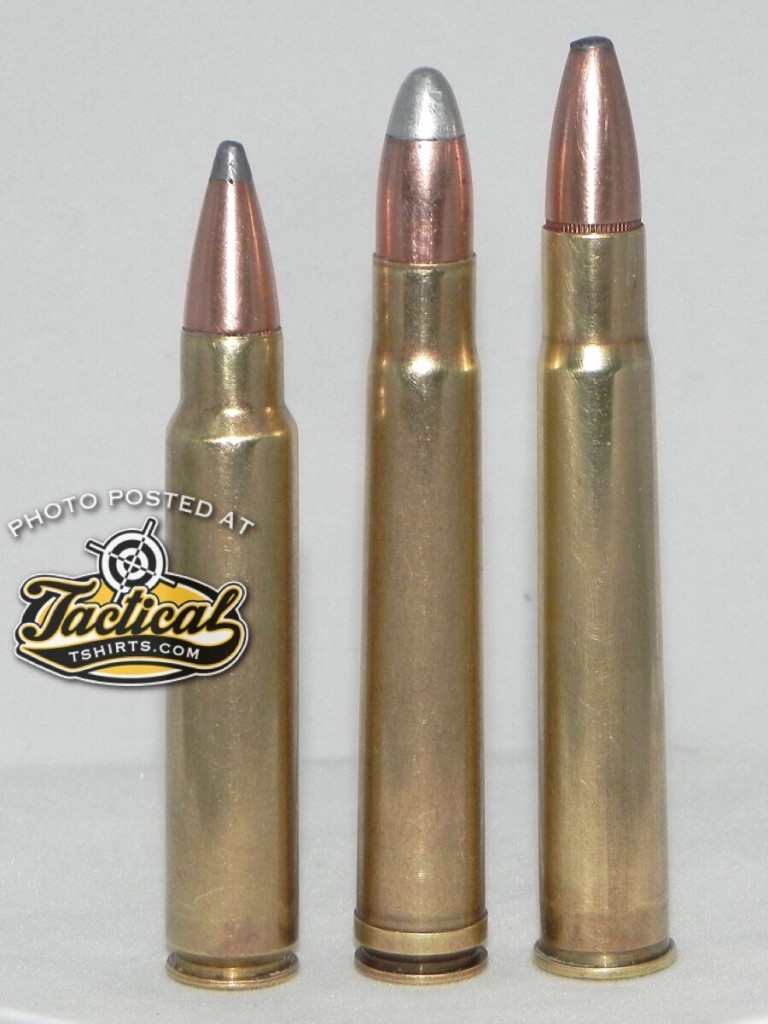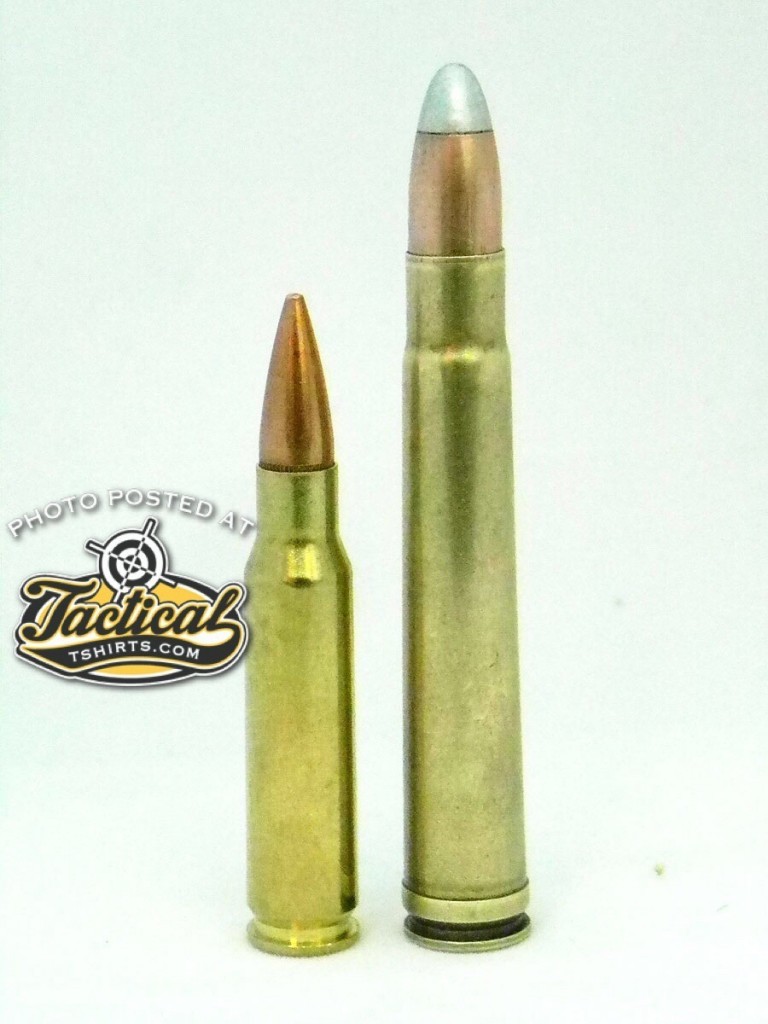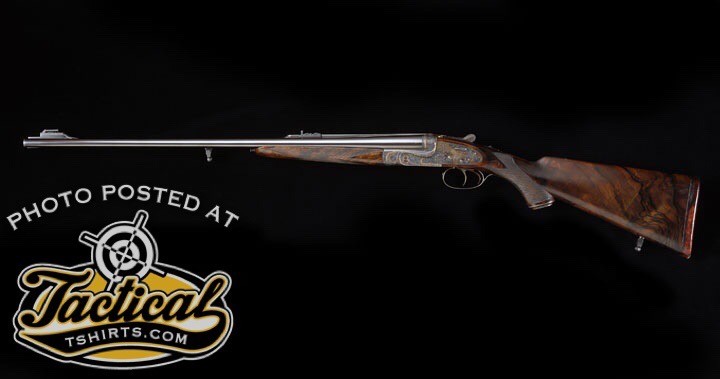
The .375 H&H cartridge was a total game changer when the British firm of Holland & Holland introduced it in 1912. It was one of the first “belted” cartridges, and probably rivals the .30-’06 when it comes to the number of factory and wildcat cartridges sired. Though the case has a shoulder, it headspaces on the belt, meaning that it’s the front edge of the belt that comes in contact with the corresponding surface in the chamber to control how deeply into the chamber the cartridge goes. It was also a keen marketing feature because it implied that the cartridge was so powerful that it needed it. It doesn’t, but that’s fine. Marketing people need jobs, too.
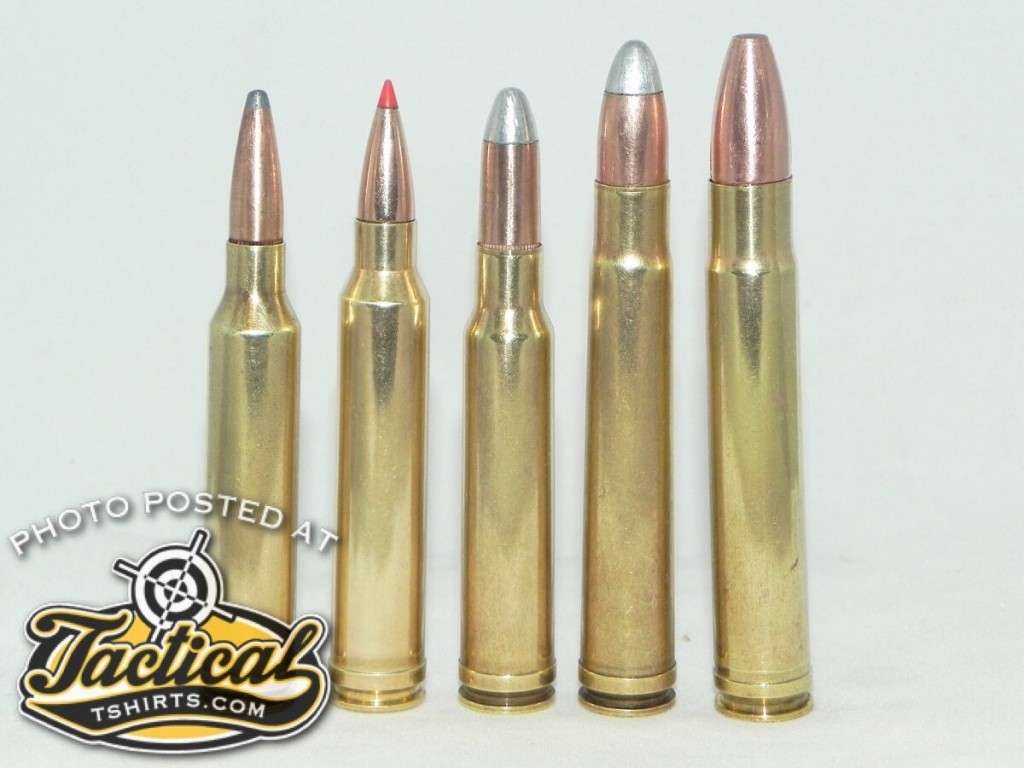
“Back in the day” when the .375 H&H came out, double rifles ruled Africa and dangerous game hunting and while today the belted number functions just fine in modern double rifles, H&H hedged their bet and produced a ”flanged” version with a large, thin rim for use in double rifles.
The first time I shot a .375 H&H, I was a guest at Larry and Brenda Potterfield’s Midway Farms, I was shooting Brenda’s Forbes Ultra Light Arms rifle, and honestly I was a little scared. I didn’t need to be because Forbes builds guns that fit great, and the .375 H&H doesn’t kick like some of the super magnums. With solid bullets, the .375 H&H is suitable for even elephant and expanding bullets are often used on Cape buffalo and definitely lion. Though it is considered the legal minimum in many areas for dangerous game, it’s not punishing to shoot, and you’re better off with a .375 H&H that you can handle competently than with something bigger that you’re scared to touch off.
Another great thing about it is that there are lighter bullets available for it, so if you’re going on safari and there is a mixture of dangerous and plains game on the agenda, a .375 H&H will serve for both. A bonus if using it for plains game is that it is also fairly flat shooting for such a big caliber.

Back in 1998, Hornady and Steyr teamed up to produce a .376 Steyr cartridge that approaches the ballistics of the .375 H&H, but not quite. I believe I was the first person to take a game animal with it when I shot a big Nail Ranch buck straight up the butt with a 270-grainer. While the .376 Steyr never gained much traction, a new cartridge Hornady developed with Ruger, the .375 Ruger, is making a favorable impression on those who hunt the really big stuff.

The .375 H&H will probably never be replaced in the field. It’s just too darn good a cartridge and there are just too many guns out there for it. It is the parent case for nearly every belted case on the market today, and is still taking game.
Scott Mayer
www.tacticaltshirts.com
www.john1911.com
“Shooting Guns & Having Fun”
- CMMG Banshee & DefCan - April 13, 2018
- Cartridges Before There Were Cartridges - May 7, 2017
- Gas Rings Seal Test - April 17, 2017


